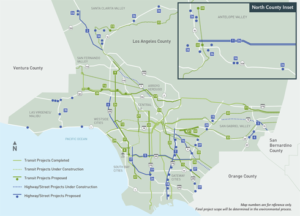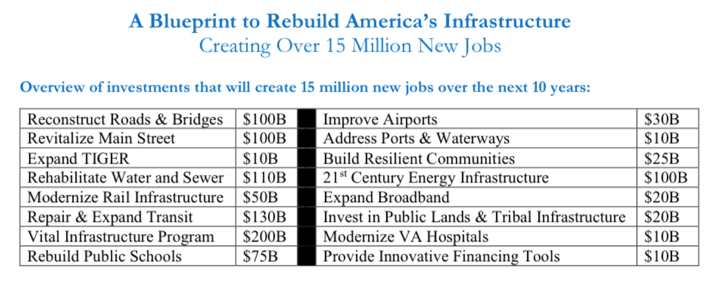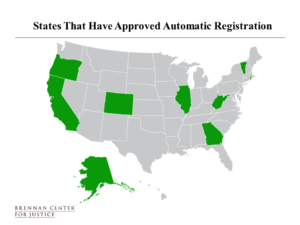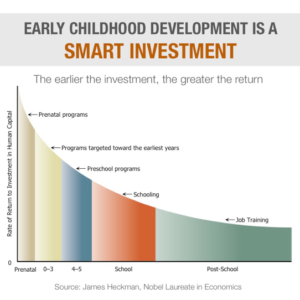
In the first installment of this series, we detailed policy successes under GOP-dominated legislatures, both federal and state, since 2010. In Part 2, we examine what Democratic policies might rise to the surface if an electoral shift takes place in November of this year.
While Democrats have complete control (Governor and Legislature) of state government in only eight states, most major cities and many large counties across the country are controlled by Democrats. Looking at these states, counties and cities provide an example of the types of policies that Democrats would likely advance if they pick up legislative, gubernatorial or congressional seats in the upcoming election. Rather than focus on the highest-profile areas of policy disagreement – collective bargaining and unionization; public vs. voucher school funding; environmental regulations; and contentious social issues – the following examples demonstrate the types of policies being advanced by Democrats across the country that generally receive less press attention.
Investing in Infrastructure
Infrastructure investment has increasingly become a dividing line between the two parties. Democrats have demonstrated a greater willingness to invest in everything from highway projects to mass transit to water treatment systems. In Los Angeles, California, Mayor Eric Garcetti successfully pushed for a referendum that authorizes $120 billion of infrastructure investment over the next decade, most of which is dedicated to transit expansion and modernization (LA says ‘yes’ to tax increase for transportation, KPCC).
Meanwhile, Democrats in Congress unveiled a massive infrastructure proposal in January 2017 which would spend $1 trillion over ten years to repair old bridges and roads, expand bus and rail systems, and modernize the full range of the country’s infrastructure from schools and the electrical grid to highways, ports and airports. Unlike President Trump’s infrastructure proposal, the congressional Democratic plan would be funded through direct federal spending (U.S. Senate Democrats’ Proposal).

Increasing Civic Engagement
Another issue that is approached quite differently between Democrats and Republicans is voter registration. At the beginning of 2016, the state of Oregon, which is controlled by a Democratic trifecta, implemented the first automatic voter registration program in the country. In 2016, Oregon automatically registered more than 225,000 residents when they obtained or renewed a driving license. This program is based on a subtle innovative practice of having residents ‘opt-out’ rather than ‘opt-in’ to be registered to vote. As of December 2016, five other states, in addition to Oregon, have created some type of automatic voter registration program. These automatic registration programs are focused on increasing civic engagement and participation in the electoral process (Automatic Voter Registration a ‘Success’ in Oregon, New York Times).
Bridging the Digital Divide
In an effort to ‘bridge the digital divide’ and increase access to high-speed broadband for city residents, the Democratic Mayor, Andy Berke, of Chattanooga, Tennessee implemented an initiative to have the city’s municipally-owned electric utility offer low-cost, ultra-high-speed broadband to low-income families. Additionally, the city partnered with a local non-profit organization to offer community classes to increase online usage and improve digital literacy. These classes helped low-income residents set up email accounts, learn how to apply for jobs online, and establish rules for internet usage for their children (Chattanooga mayor: Gigabit speed internet helped revive city, Tennessean).
Early-Childhood Investments
In January 2017, the County Board in Santa Cruz, California established the ‘Thrive to Three Fund’ which is focused on helping fund effective programs to serve very young children. The fund will focus on helping vulnerable babies, toddlers, and their families and it will track a number of outcomes, including improved prenatal care for young mothers; reduced preterm and low birth weight babies; fewer reported cases of emotional distress during pregnancy; and less child maltreatment and entries into foster care. Services will focus on home-visits, early care and education, development and behavioral health services, and family and parenting supports (Santa Cruz County Votes to Establish ‘Thrive by Three Fund’, Santa Cruz Patch).
Check back frequently for updates about 2018 mid-terms and their potential impact on legislation at both the state and federal level.







